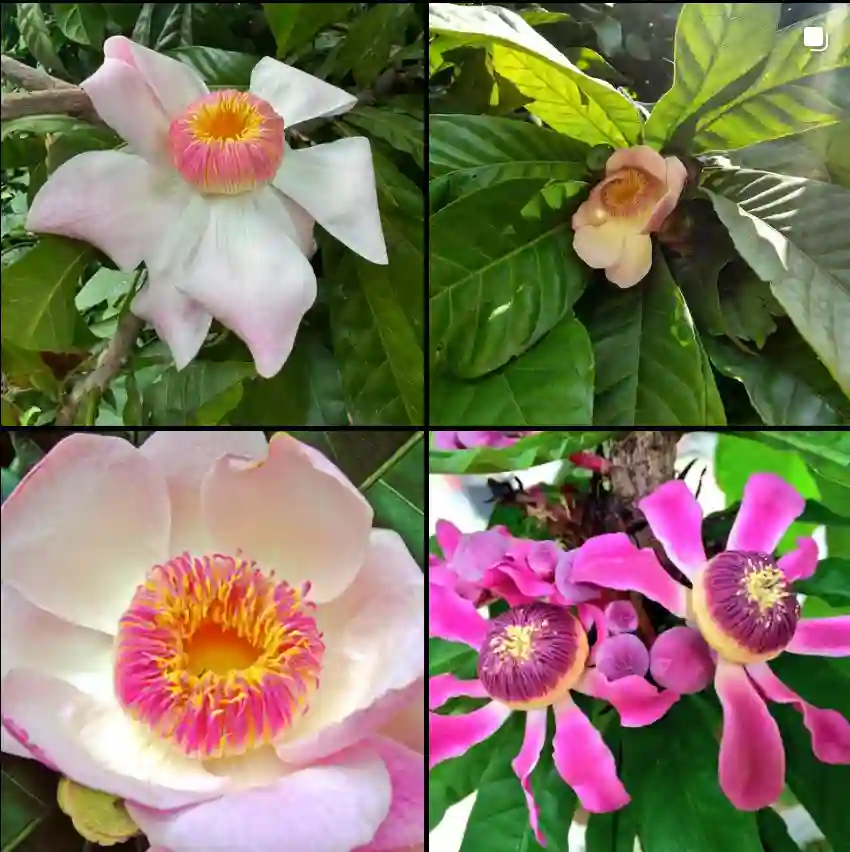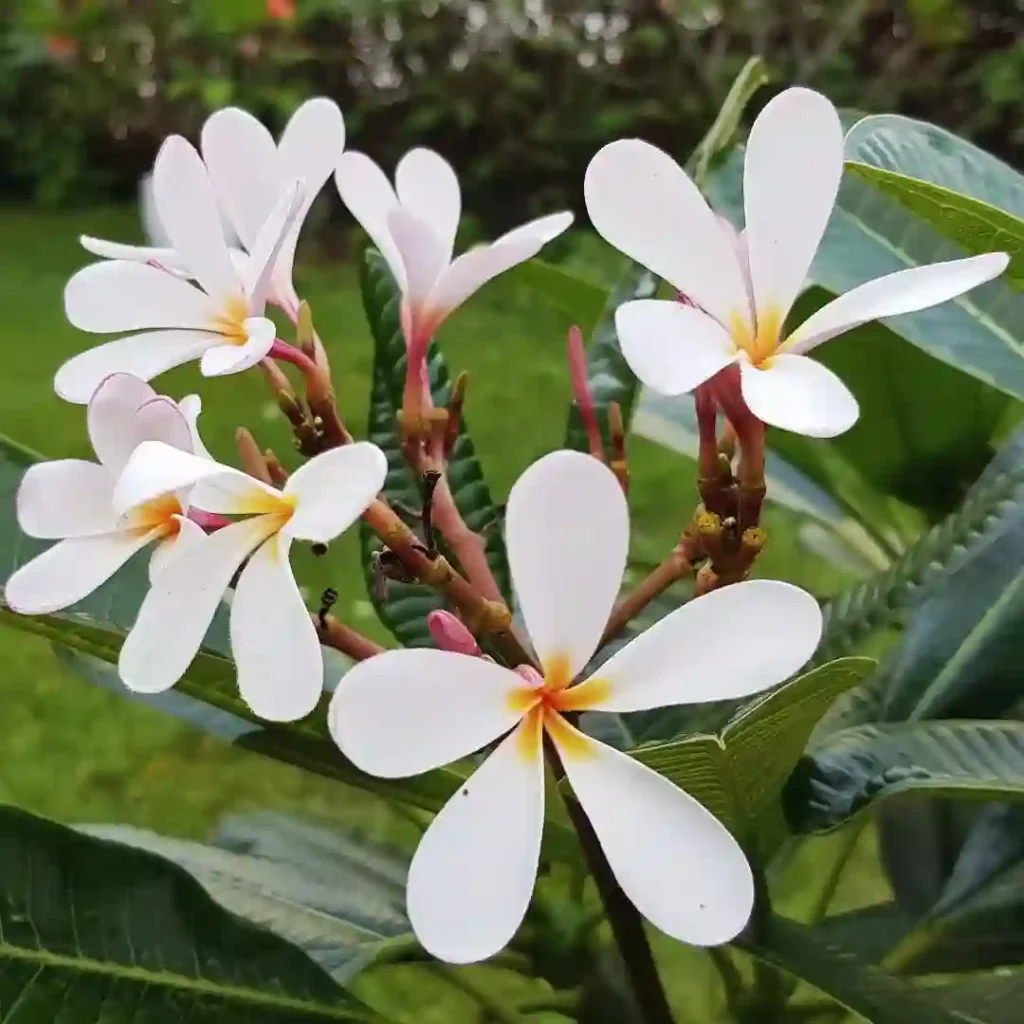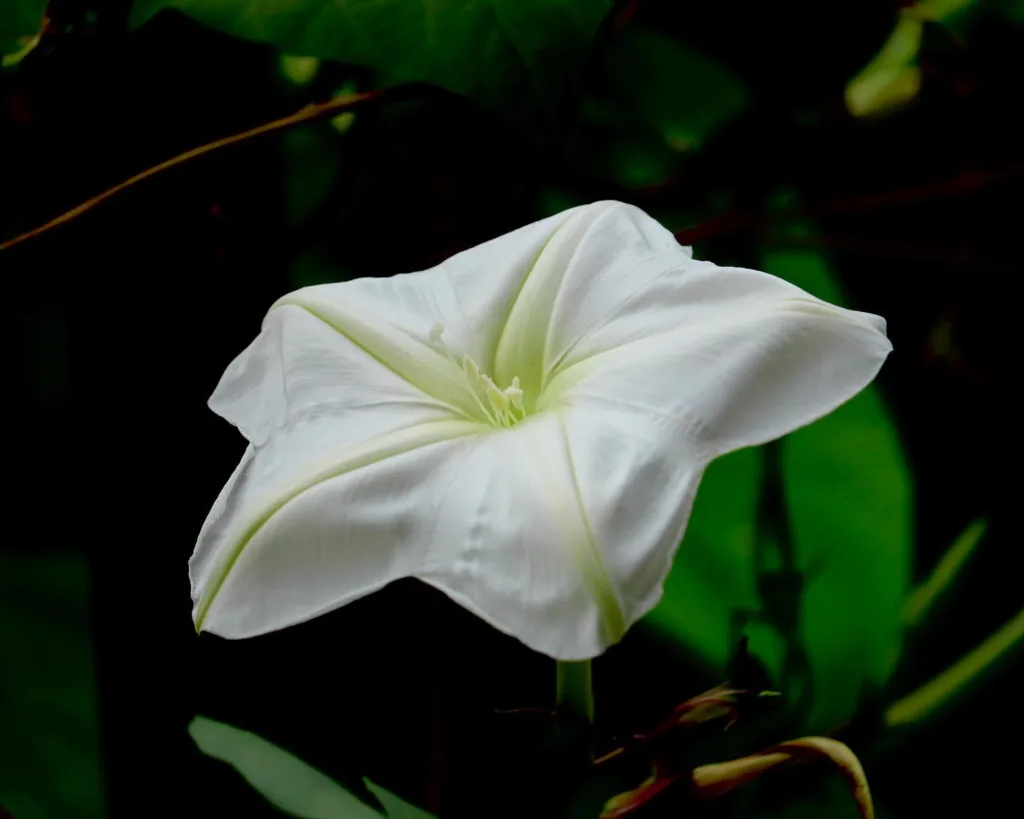An Encounter with Hackelia virginiana: From Foe to Friend
As an avid gardener, I’m always on the lookout for new and interesting plants to add to my backyard haven. But sometimes, what starts as a curious addition can quickly turn into an unwanted guest. That’s exactly what happened with Hackelia virginiana, also known as beggar’s-lice, stickseed, or Virginia stickseed.
Hackelia virginiana initially charmed me with its delicate white flowers and unassuming appearance. It seemed like a perfect addition to the shady corner of my garden. Little did I know, this seemingly harmless plant harbored a secret weapon: its incredibly sticky seeds.
Is Hackelia virginiana a Weed?
The answer, unfortunately, depends on your perspective. Hackelia virginiana is native to eastern North America and can be a valuable part of a healthy ecosystem. It provides nectar for pollinators and serves as a food source for some insects.
However, in cultivated gardens, its aggressive self-seeding tendencies and those pesky sticky seeds can quickly turn it into a weed. The seeds readily attach themselves to clothing, fur, and anything else that brushes against them, making them a nuisance to both humans and animals.
How to Get Rid of Hackelia virginiana?
If Hackelia virginiana has become a unwelcome guest in your garden, here are a few strategies to control its spread:
- Manual removal: This is the most effective method for small infestations. Wear gloves and carefully pull up the entire plant before it sets seed. Be sure to remove the roots as well to prevent regrowth.
- Mulching: A thick layer of mulch around your desired plants can help suppress the germination of Hackelia virginiana seeds.
- Herbicide: As a last resort, you can consider using a selective herbicide. However, be cautious and choose a product that won’t harm your other garden plants. Always follow the instructions on the label carefully.
Is Hackelia virginiana Poisonous?
Thankfully, Hackelia virginiana is not considered poisonous to humans or animals. However, its sticky seeds can cause irritation to the skin and eyes, especially for pets. If you have pets that spend time outdoors, be mindful of Hackelia virginiana and remove it if it becomes a problem.
Beyond the Nuisance: The Unexpected Uses of Hackelia virginiana
While Hackelia virginiana might not be the most desirable garden resident, it’s not entirely without merit. Here are some interesting facts I discovered during my research:
- Historical significance: The Cherokee people traditionally used Hackelia virginiana for medicinal purposes.
- Wildlife food source: Some insects actually benefit from the plant. Certain butterfly larvae feed on the leaves of Hackelia virginiana.
Finding Balance with Hackelia virginiana?
My encounter with Hackelia virginiana was a lesson in perspective. While it can be a nuisance in a cultivated garden, it also plays a role in the natural ecosystem.
Here’s what I learned:
- Research before planting: Before introducing any new plant to your garden, take some time to research its needs and potential drawbacks.
- Maintain a healthy ecosystem: A diverse and healthy garden with a variety of plants can help to suppress weeds naturally.
- Coexistence is possible: Sometimes, finding a balance with unwanted plants is possible. For example, if Hackelia virginiana isn’t causing major problems in a specific area of your garden, you might choose to leave it there for the benefit of pollinators.
While I might not be actively seeking out Hackelia virginiana for my garden beds anymore, I appreciate its role in the bigger picture. And who knows, maybe one day I’ll find a way to welcome it back – in a controlled and well-defined space, of course!
If i die, water my plants!



